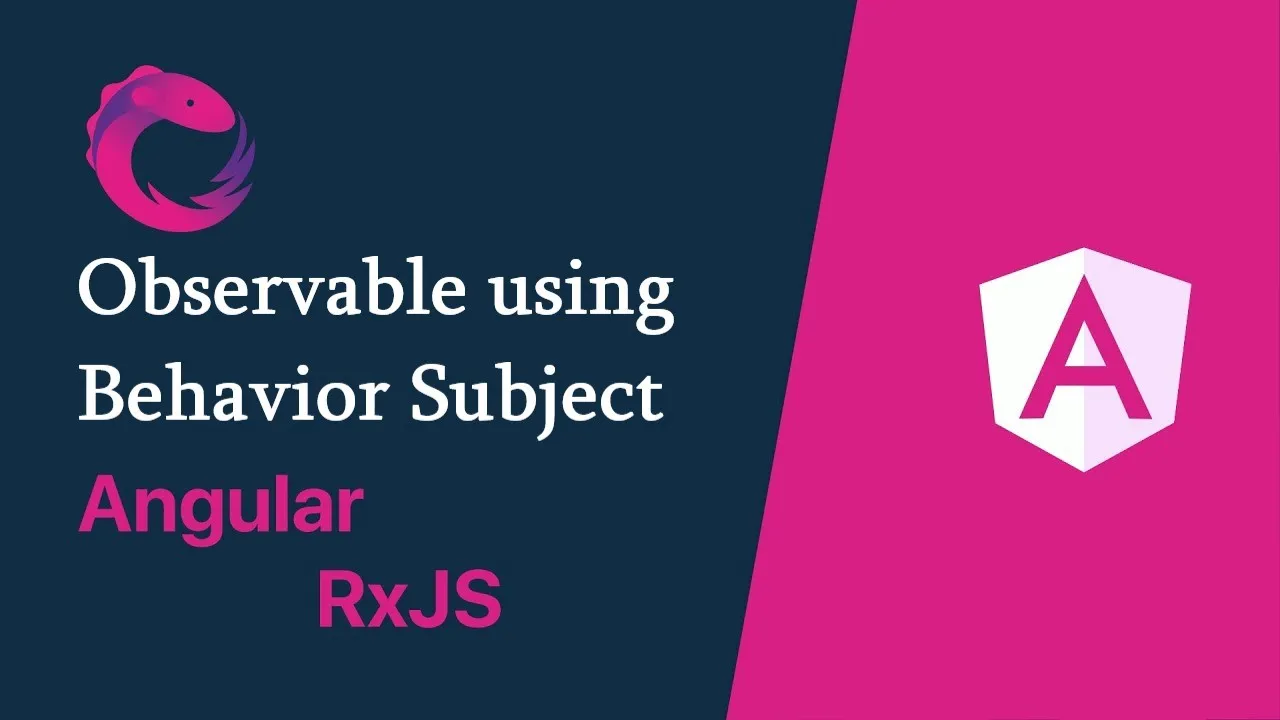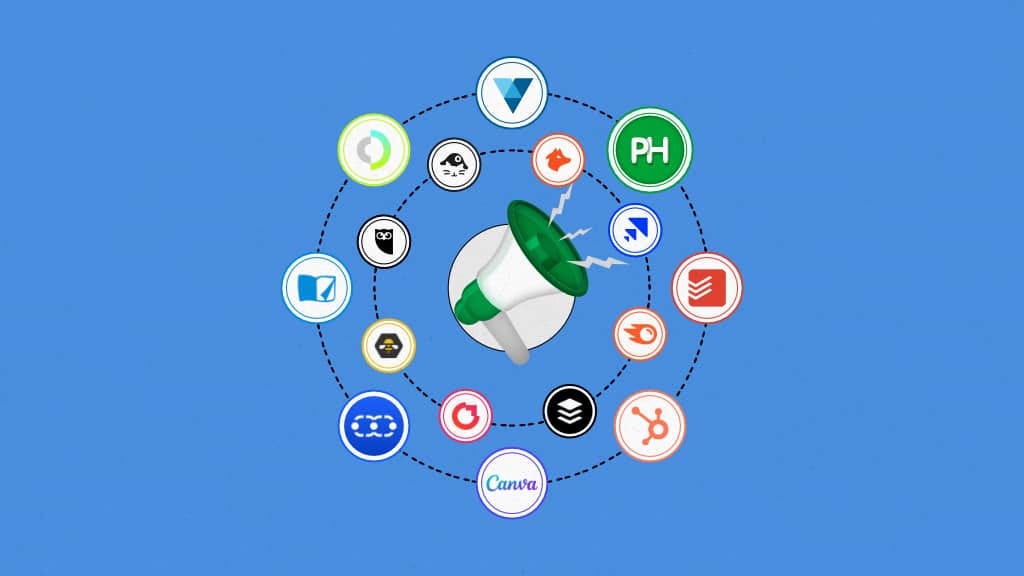Introduction
Building your own VPN Chrome extension isn’t just a cool coding project—it’s a chance to combine privacy, security, and web technologies into a single real-world application. As online privacy concerns grow and browser-based tools become more powerful, understanding how VPN extensions work (and what sets great ones apart) is increasingly valuable for modern developers. In this step-by-step tutorial, you’ll learn exactly how to plan, code, and publish a secure VPN Chrome extension with features users expect in 2025. We’ll cover everything from essential functionality and security enhancements to UX tips, testing, and real-world deployment.
TL;DR
- Set up your extension’s structure (manifest, background script, popup UI)
- Connect to a VPN API or server with secure proxy handling
- Implement privacy features like WebRTC leak protection and encrypted traffic
- Test for security and performance before publishing to the Chrome Web Store
What Problem Does a VPN Chrome Extension Solve?
A VPN Chrome extension gives users a quick, convenient way to protect their browsing activity, bypass geo-restrictions, and mask their online identity—directly in the browser. Unlike full VPN desktop clients, these extensions can be toggled on or off instantly and work only in the browser environment, minimizing system resource usage. For even stronger privacy, fingerprint-protected mobile browsing can help prevent websites from identifying your device based on unique mobile fingerprint data.
For developers, building a Chrome VPN extension is a practical way to deepen your understanding of browser APIs, web security, and the engineering challenges of privacy-focused software. You’ll get hands-on with Chrome’s extension platform, networking, and user interface development, all while solving a real-world problem.
Essential Features in the Best VPN for Chrome
Exploring Popular VPN Solutions for Chrome
Before you start designing your own VPN Chrome extension, it’s valuable to look at the most effective tools already available. By examining the best vpn solutions for Chrome, you can better understand which features users expect, how top extensions address privacy and usability, and where there might still be opportunities for innovation.
If you want a detailed comparison of the leading browser VPN options, check out this comprehensive guide to the best VPN extensions for Chrome. It covers how each extension stands out, what features make them trustworthy, and why millions of users rely on them for secure browsing.
Common Features in Top VPN Extensions:
- One-click connect/disconnect
- Quick access is essential for good user experience.
- Server location selection
- Allows users to choose their preferred server for geo-unblocking.
- WebRTC leak protection
- Prevents real IP exposure through browser communication channels.
- Clear privacy policy
- Users want to know how their data is handled.
- User-friendly interface
- Simple, clean designs win user trust.
- Minimal, transparent permissions
- The extension should only ask for what it needs.
- Reliable and stable connections
- Consistency is critical for user trust and usability.
User Data Privacy & Security Warning Always handle user data with care. Never log, store, or transmit private browsing data unless absolutely necessary, and always inform users of your practices.
Reviewing these popular extensions helps you prioritize the most important features and understand what today’s users expect.
Planning Your Extension: Security & Usability
Deciding What to Build
Careful planning is crucial. Start by deciding:
- Which privacy and security features are essential?
- Which permissions will your extension need—and why?
- How can you make the UI as intuitive as possible?
Remember, excessive permissions are a red flag for users and the Chrome Web Store review team. Only request the permissions you need, and provide transparent explanations.
Prioritizing Security vs. Convenience
Striking the right balance between security and user-friendliness is key:
- Always prevent DNS and WebRTC leaks.
- Use strong encryption between your extension and the VPN server.
- Avoid collecting any unnecessary user data.
- Make toggling the VPN as simple as possible.
- Let users know what’s happening—status messages and clear feedback build trust.
The Chrome Web Store favors extensions that prioritize user privacy, so following these principles helps your project pass review and win user adoption.
Summary: Defining your feature set and minimizing permissions at the planning stage ensures your VPN Chrome extension will be both secure and user-friendly.
Setting Up Your Development Environment
Tools and Prerequisites
- Node.js and npm: For managing dependencies (if using build tools or frameworks)
- Text editor: VS Code, Sublime, or similar
- Google Chrome: For testing your extension
- A VPN API or server: You can use mock endpoints for learning, or connect to a real VPN API for advanced use
Chrome Extension Project Structure
Every Chrome extension requires a directory containing a manifest file. Here’s a simple project structure:
vpn-chrome-extension/
├── manifest.json
├── background.js
├── popup.html
├── popup.js
├── options.html
├── options.js
├── icons/
- manifest.json
- Defines metadata, permissions, scripts, and resources for your extension.
- background.js
- Handles network logic and communicates with the Chrome proxy API.
- popup.html & popup.js
- User interface and logic for connecting/disconnecting, server selection, and status.
- options.html & options.js
- (Optional) Settings page for advanced options.
- icons/
- Required sizes for Chrome Web Store display.
Step-by-Step: Building Core Functionality
1. Creating the Manifest File
Here’s a basic example of manifest.json for a VPN Chrome extension using Manifest V3:
{
"manifest_version": 3,
"name": "Simple VPN for Chrome",
"version": "1.0",
"description": "A secure, easy-to-use VPN extension for Chrome.",
"permissions": ["proxy", "storage", "activeTab", "webRequest", "webRequestBlocking"],
"background": {
"service_worker": "background.js"
},
"action": {
"default_popup": "popup.html"
},
"icons": {
"16": "icons/icon16.png",
"48": "icons/icon48.png",
"128": "icons/icon128.png"
}
}
Note: Adjust permissions as needed. Only request permissions you truly use.
2. Building the Popup Interface
A user-friendly popup is essential. Here’s a sample popup.html:
<!doctype html>
<html>
<head>
<title>VPN for Chrome</title>
<style>
body {
font-family: Arial;
margin: 20px;
}
#status {
margin-bottom: 10px;
}
button {
padding: 10px 20px;
}
</style>
</head>
<body>
<div id="status">Status: <span id="connectionStatus">Disconnected</span></div>
<select id="serverList">
<option value="us">USA</option>
<option value="uk">UK</option>
<option value="de">Germany</option>
</select>
<button id="toggleVPN">Connect</button>
<script src="popup.js"></script>
</body>
</html>
3. Handling VPN Logic (Background Script Example)
Here’s how you might use the Chrome proxy API in a basic way:
// background.js
chrome.runtime.onMessage.addListener((msg, sender, sendResponse) => {
if (msg.action === "enableVPN") {
chrome.proxy.settings.set(
{
value: {
mode: "fixed_servers",
rules: {
singleProxy: { scheme: "http", host: msg.server, port: 8080 },
},
},
scope: "regular",
},
() => sendResponse({ status: "VPN Enabled" })
);
return true; // Keep message channel open for async response
}
if (msg.action === "disableVPN") {
chrome.proxy.settings.clear({}, () => sendResponse({ status: "VPN Disabled" }));
return true;
}
});
Note: In production, use secure authentication and encryption. Never hardcode credentials.
4. Connecting UI to Background Logic
Here’s a sample popup.js to tie the UI to your logic:
// popup.js
document.getElementById("toggleVPN").addEventListener("click", () => {
const isConnected = document.getElementById("connectionStatus").textContent === "Connected";
const server = document.getElementById("serverList").value;
if (!isConnected) {
chrome.runtime.sendMessage({ action: "enableVPN", server: server }, response => {
document.getElementById("connectionStatus").textContent = "Connected";
});
} else {
chrome.runtime.sendMessage({ action: "disableVPN" }, response => {
document.getElementById("connectionStatus").textContent = "Disconnected";
});
}
});
Implementing Advanced Features
Security Enhancements
WebRTC Leak Protection
WebRTC can leak your real IP address even when using a VPN. Block WebRTC by injecting a content script:
// content.js
const rtcBlocker = () => {
Object.defineProperty(window, "RTCPeerConnection", { value: undefined });
};
rtcBlocker();
Add content.js to the "content_scripts" array in your manifest.
Permissions Management
Be transparent and minimal:
proxy: Needed to change browser proxy settings.storage: For saving user settings (server, status, etc.).activeTab: Only if your extension interacts with content scripts on the active tab.
Explain every permission in your Chrome Web Store listing.
Encryption
If using your own VPN API, always use HTTPS. If you manage VPN connections directly, be sure all sensitive data is encrypted in transit and at rest.
UI/UX Improvements
- Connection feedback: Show clear status messages (e.g., Connected, Disconnected, Connecting…).
- Server selection: Add more servers, display ping/latency.
- Error handling: Display user-friendly messages if the connection fails.
- Accessibility: Use ARIA roles and labels for screen readers.
Testing, Debugging, and Validation
Testing Methods
- Load Unpacked Extension:
- In Chrome, go to chrome://extensions, enable “Developer mode,” and load your extension’s folder.
- Check for Leaks:
- Use sites like browserleaks.com to ensure your extension prevents IP and WebRTC leaks.
- Functional Testing:
- Try all server locations, connect/disconnect cycles, and confirm that the browser traffic routes through your proxy.
- Permission Testing:
- Ensure that your extension only requests necessary permissions and functions correctly with them.
Debugging Tips
- Use
console.logstatements and the Chrome background page inspector. - Watch the console for errors and permission warnings.
Chrome Web Store Submission & Best Practices of VPN Chrome Extension
Publishing a VPN Chrome extension requires attention to detail and strict compliance with privacy and security expectations.
Store Requirements for VPN Extensions
- Privacy policy: Clearly describe how you handle user data.
- Transparent permissions: Only request permissions you need, and explain them.
- Accurate marketing: Do not misrepresent your extension’s functionality.
- Unique branding: Use your own logos and avoid any copyrighted or misleading graphics.
Handling Updates and User Feedback
- Monitor user reviews and bug reports in the Chrome Web Store dashboard.
- Update permissions and code regularly to match changes in Chrome APIs and maintain security.
Try the User Onboarding Flow
If you want to see how an established VPN Chrome extension presents its features and onboarding, you can download a VPN Chrome extension here to experience the installation and setup process firsthand. This exercise can help you fine-tune your own user flow and documentation before your release.
Expanding Your Project
Once you have a working MVP, you can add advanced features such as:
- Support for multiple VPN protocols (OpenVPN, WireGuard, etc.)
- Custom server lists with user location suggestions
- Auto-connect on browser startup
- IP address checker integration
- Real-time connection statistics
You can also implement analytics (always with user consent and respecting privacy laws), automated security audits, and update notifications.
Summary & Resources
Building a VPN Chrome extension is both challenging and rewarding. It gives you valuable skills in browser API usage, web security, user interface design, and privacy engineering—all increasingly important in 2025.
Further Resources:
- Chrome Developers: Extensions Documentation
- Manifest V3 Migration Guide
- OWASP: Secure Coding Practices
- browserleaks.com
Conclusion
Congratulations! You now have a roadmap for building a secure, user-friendly VPN Chrome extension—from initial planning and feature selection to development, security, testing, and publishing. This project not only helps you deepen your skills as a developer but also contributes to the growing ecosystem of privacy tools for the modern web.
Ready to take your Chrome extension to the next level? Keep experimenting, stay up to date on privacy best practices, and always put user security first.
Troubleshooting & Common Pitfalls
- Proxy connection not working?
Double-check server address format and port. - WebRTC leaks persist?
Ensure your content script is properly injected on all relevant sites. - Permission denied errors?
Revisit your manifest.json permissions and test in Chrome’s Developer Mode. - Extension rejected by Chrome Web Store?
Carefully review your privacy policy and ensure you’re only requesting necessary permissions.







